Mapping Your Frame of Reference
Your Frame of Reference is from your schema, your experiences, your growing up, your family and friends, your neighborhood and so forth. This makes up who you are and how you see things.
Also see the pages on:
• Schema
• Depth and Complexity
• Thinking Maps®
It is important for students to have belief and belonging which includes their personal frames of reference being important and part of the classroom. It is important for educators to have belief in the students through hearing and knowing their student’s frame of reference, and how their personal frames of reference as educators impact the classroom experience for their students.
The following is an excellent way to begin a school year, and continue with throughout the school year. Prior to doing the frame of reference, a community building exercise that shares students backgrounds is an excellent manner to learn about one another. One suggestion is Commonalities:
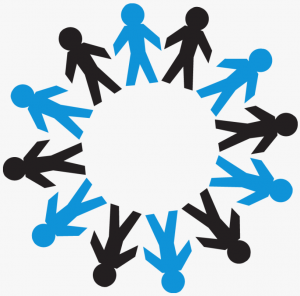 Participants face the inside of the circle on their individual spots. One person (start with the lead facilitator modeling several times, then each person will do it once) will state something true about themselves. An example might be “I have taken guitar lessons.” Then everyone who has this “In Common” with the person who stated “I have…” will leave their spots and trade with someone else. This is followed by another person sharing something true about themselves. Then everyone who has this “In Common” with the person who stated “I have…” will leave their spots and trade with someone else.
Participants face the inside of the circle on their individual spots. One person (start with the lead facilitator modeling several times, then each person will do it once) will state something true about themselves. An example might be “I have taken guitar lessons.” Then everyone who has this “In Common” with the person who stated “I have…” will leave their spots and trade with someone else. This is followed by another person sharing something true about themselves. Then everyone who has this “In Common” with the person who stated “I have…” will leave their spots and trade with someone else.
More on Building Community Together
Two Ways to Begin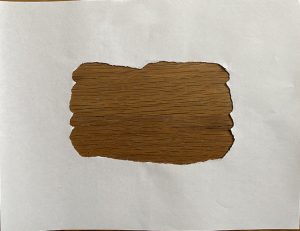 1. Begin by taking a piece of paper and tearing a hole in the middle to represent yourself. In the paper you will be writing and drawing significant experiences in your life that make you who you are. The whole in the middle provides a manner for the person / student to see that they are the face in the middle of their frame of reference. This is both symbolically, and later can connect with visual mapping (frame of reference), schema, and depth and complexity.
1. Begin by taking a piece of paper and tearing a hole in the middle to represent yourself. In the paper you will be writing and drawing significant experiences in your life that make you who you are. The whole in the middle provides a manner for the person / student to see that they are the face in the middle of their frame of reference. This is both symbolically, and later can connect with visual mapping (frame of reference), schema, and depth and complexity.
 2. Begin by having the students draw an image of themselves along with their name. To assist you could ask students to identify several key features of themselves (e.g. curly hair, long nose, oval face). This can be done initially separate from doing the frame (for practice) and those can be put on the classroom walls as well. Then on a piece of paper, each student draws an image of themselves in the middle of the paper.
2. Begin by having the students draw an image of themselves along with their name. To assist you could ask students to identify several key features of themselves (e.g. curly hair, long nose, oval face). This can be done initially separate from doing the frame (for practice) and those can be put on the classroom walls as well. Then on a piece of paper, each student draws an image of themselves in the middle of the paper.
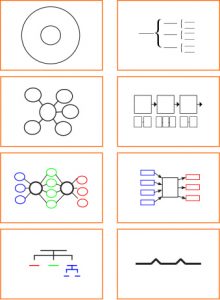 The frame of reference is a lesson and experience in itself, and it also connects with visual tools and having a frame of reference around the different maps and their respective cognitive processes (e.g. brainstorming, classification, cause/effect, compare/contrast, relationships and so forth). The steps for the frame of reference lesson:
The frame of reference is a lesson and experience in itself, and it also connects with visual tools and having a frame of reference around the different maps and their respective cognitive processes (e.g. brainstorming, classification, cause/effect, compare/contrast, relationships and so forth). The steps for the frame of reference lesson:
The teacher models creating a paper like the one above modeling how to tear the paper (teacher, then teacher with a student together modeling ‘think-pair-share’. Then two students followed by the whole class.
Next the teacher can either have the students add something as the teacher directs (e.g. people in your family), and/or elicit ideas from students (student centered) and use these ideas to guide the frame of references. This continues with other things to add (e.g. important places, events, people who inspire and so forth). The information can be in words, drawings and/or photos. It is important for the teacher to model doing the map how you would like the student see modeled. This includes using words, drawings and/or photos. It is helpful if students are working in small groups when creating their personal cultural frames of reference so they see how their peers are doing theirs for ideas and affirmations.
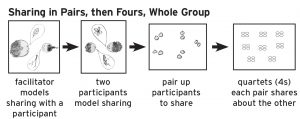
An excellent way to have all students reflect on their personal frame of references is through a Pair-Share model of sharing. The teacher goes first with a student — beginning with the decision of who shares first, and how they share (one thing at a time back and forth or more for each at a time). After the teacher and student model to the whole class (in front or in a fishbowl setting), then two students model. Once this is going, the teacher then pairs up the rest of the classroom. After sharing in pairs, either the student pairs can then go to groups of four to share further, and/or share with the whole class. The student (and teacher) frames of reference would be excellent to post in the classroom. Consider also having students add their family frame of references too (on back to school night?).
Frame of Reference With Visual Tools and Mapping
 A frame of reference can be used with any map. It is a meta-cognitive frame asking participants to think about their thinking. They will be asked to step back from the map they created to think about what influenced their thinking.
A frame of reference can be used with any map. It is a meta-cognitive frame asking participants to think about their thinking. They will be asked to step back from the map they created to think about what influenced their thinking.
The following questions are examples of what can be asked to know in the frame.
- How do you know what you know about the topic?
- Did your information come from a specific source?
- Is this information being influenced by a specific point of view?
- Who could use this information?
- Why is this information important?
See more on:
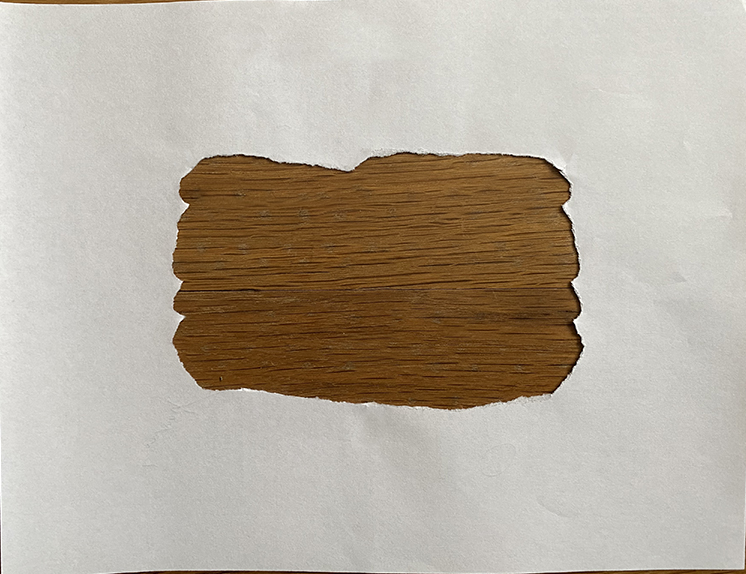
Experiences – Schema, Places, Events, People You Know, People Who Inspire, Books, Music, Movies, Travel, Values, Dispositions
Other Factors and Experiences That Affect Our Cultural Frame of Reference
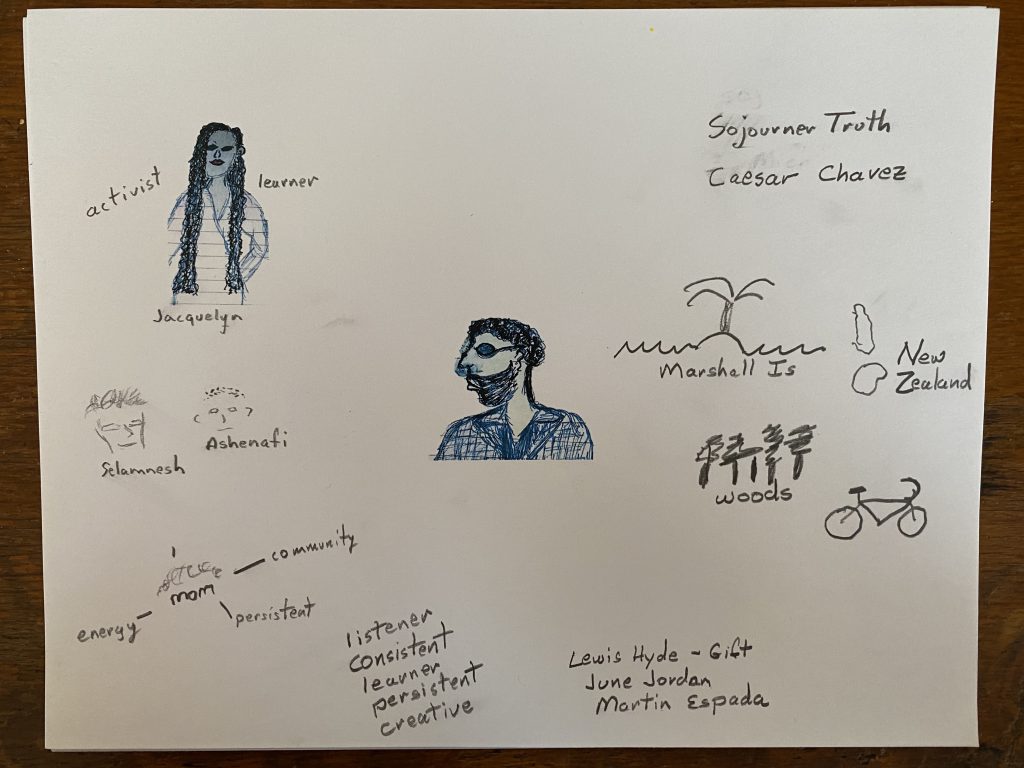
Example
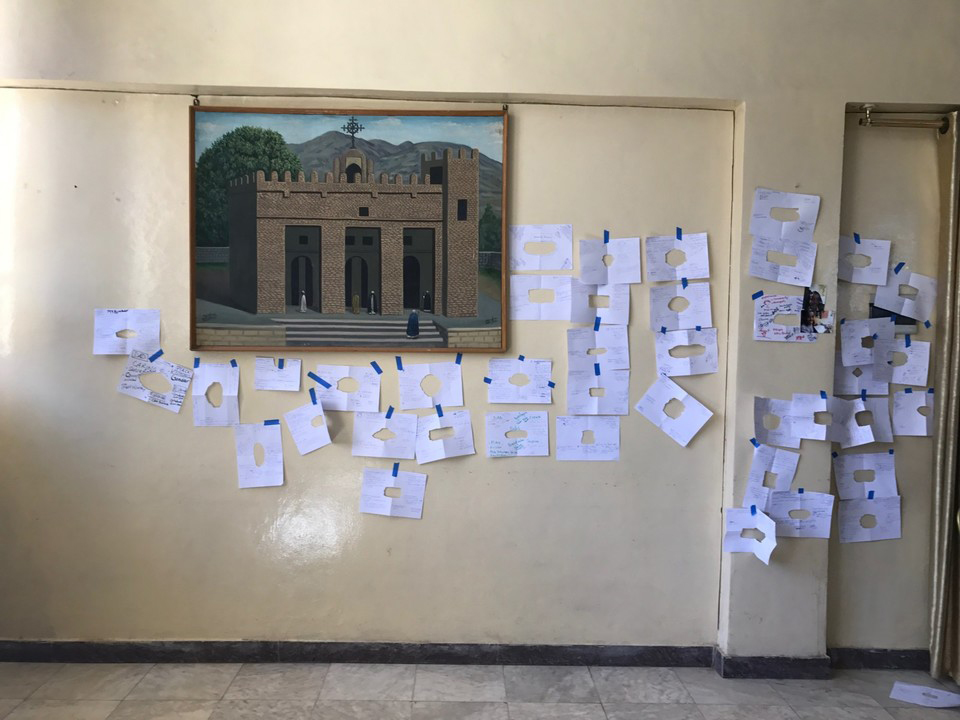
Cultural Frame of Reference
The photo to the right is from Tigray, Ethiopia in 2015 with a wall of participants frame of references at the Mekelle University Medical College.
Read more about Thinking Health Design
